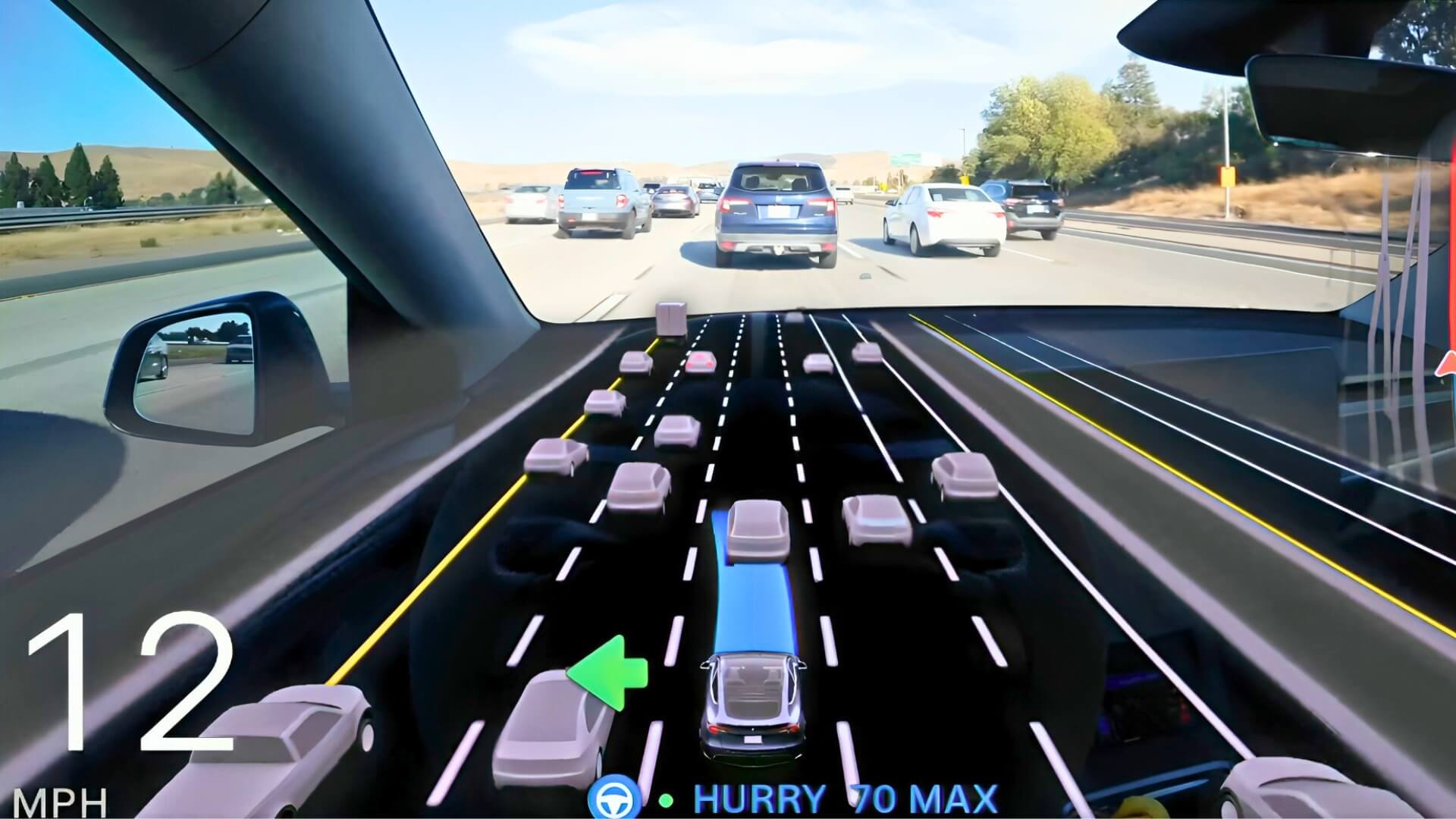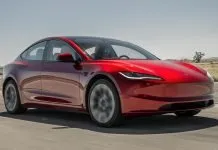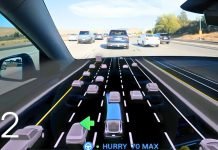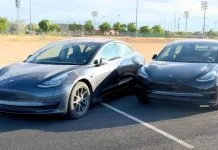Right before the 10/10 Robotaxi event, Tesla seems to be upping the game with enhanced updates. With the latest update to its Full Self-Driving (FSD) software, they’ve just made driving a Tesla feel even smoother.
This update, part of the FSD version 12.5.6, has significantly improved the way visuals will be displayed on screen when you use the Autopilot feature.
Apparently, this is happening as a result of fixing a four-year-old bug. It’s the kind of change that Tesla drivers will instantly notice, and the result is a more seamless, enjoyable driving experience. Here’s everything you need to know!

Visualization Smoothness in FSD v12.5.6
One of the biggest improvements in this new update is fixing a bug that had been in Tesla’s FSD system for over four years. Previously, when drivers used Autopilot, the cars on the screen would appear jittery, sometimes even shaking or jumping around unrealistically.
It wasn’t a deal-breaker, but it was definitely distracting.
Now, Tesla has solved that problem, and the difference is night and day. The cars on-screen no longer appear to be vibrating or moving unnaturally. Instead, they glide smoothly across the display, giving the whole system a more polished, professional feel.
Tesla owner @AIDrivr shared on X that the new visualizations are “soooooo smooth,” while another user, @WholeMarsCatalog, noticed the improvement and asked why it was happening. Tesla’s Autopilot director, Ashok Elluswamy, responded simply:
“We fixed a four-year-old bug in the rendering!”
Because we fixed a four year old bug in the rendering!
— Ashok Elluswamy (@aelluswamy) October 9, 2024
This modification is so big that even the ex-engineer Andrej Karpathy working on Tesla Autopilot commented on this post in disbelief.
— Whole Mars Catalog (@WholeMarsBlog) October 9, 2024
Tesla’s FSD visualization is key to the overall driving experience, especially when you’re in the middle of using it. The software shows everything around your Tesla, from other vehicles to pedestrians, and gives drivers a visual representation of what your Tesla “sees.”
FSD visualization feature is crucial because it helps drivers feel confident that the Autopilot system is aware of its surroundings. Actual real surroundings.
Smoother Visuals For A Better Drive
In previous versions, the cars displayed on-screen would sometimes jump around or rotate in ways that didn’t match what was really happening on the road. It wasn’t unsafe, but it didn’t look great either.
With the latest update, that’s all been fixed. Now, the cars move more naturally, making the entire Autopilot experience feel more realistic and less like a video game.
Tesla owner @WholeMarsBlog shared a whole video of the new FSD 12.5.6 update on X. Though he also noted that the system still has some minor issues, like braking too harshly or being a little slow in certain situations.
Even so, the overall response to the update has been overwhelmingly upbeat on social media. However, some Tesla haters do not feel the need to heed the news saying Tesla couldn’t even fix such simple jittery issues with the visualization of what they would be doing on the Autopilot software.
Comment
byu/REIGuy3 from discussion
inSelfDrivingCars
New Driving Modes
Tesla has also introduced some fun new driving profiles with this update, allowing drivers to choose how they want their car to behave. The new modes include:
- Chill: This mode takes things easy, driving slower and making fewer lane changes.
- Standard: The default mode that keeps things balanced, adjusting to traffic.
- Hurry: For those in a rush, this mode drives faster and changes lanes more often.
These new driving modes let drivers choose how their car behaves depending on their mood or the road conditions. If you want a calm, easy drive, you can select a mode for that, but if you’re in a hurry and need to get somewhere faster, there’s a mode for that too.
Tesla also added a Max Speed Offset feature, which makes it easy to control how fast the car drives compared to the speed limit. With a simple turn of the wheel, you can adjust the EV’s speed to fit in better with traffic. This small change gives drivers more control over how Autopilot handles speed.
End-to-End Neural Network For Better Lane Changes
Tesla has combined its city-street and highway driving systems into one unified network by learning from millions of video clips. This means the EV can now handle more complex driving scenarios and make smarter decisions when it’s on the highway.
This new system was first introduced with the Cybertruck’s FSD, and now it’s being rolled out to other Tesla models.
Bottomline
The latest update mainly fixes the visuals, but Tesla drivers already notice the difference. The surrounding cars on the screen now move smoothly, making the driving experience feel more natural and polished. It’s not a huge change, but it’s one of those small tweaks that adds up and improves things over time.
Tesla may have taken its sweet time fixing this bug, but now that it’s done, Autopilot is going to feel smoother than ever. Do let us know what you think of this update and come back for all the latest news on the Robotaxi event and everything new at Tesla!

















